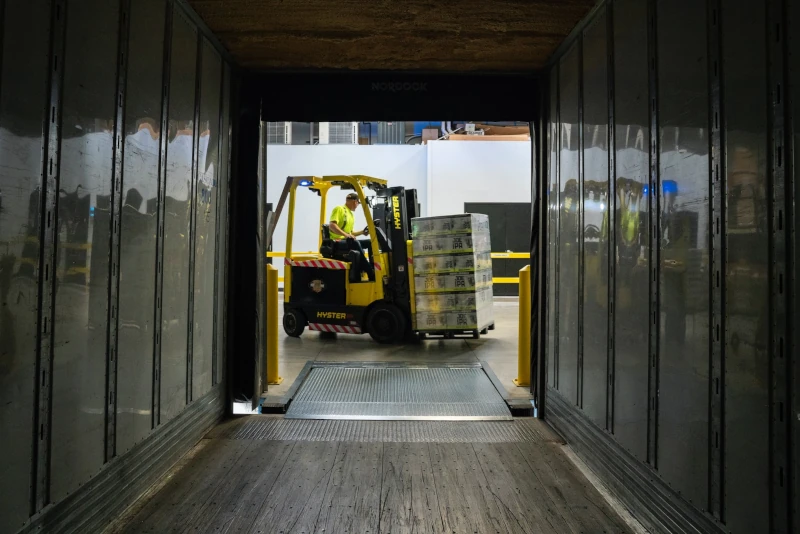Risk assessments are crucial for organisations to identify and manage potential hazards. In this article, we explore the significance of conducting risk assessments and how they contribute to a safe and compliant work environment.
Risk assessments play a vital role in ensuring the health, safety, and well-being of employees, visitors, and the general public. In Australia, employers have a legal obligation under WHS/OHS Legislation to provide a safe and healthy work environment. Risk assessments are a useful tool to meet this duty of care by systematically identifying and managing workplace risks.

One of the key reasons for conducting risk assessments is compliance with Australian health and safety legislation. The WHS Act and its accompanying regulations require employers to identify hazards, assess risks, and implement control measures to eliminate or minimise those risks. Failure to comply with these legal requirements can result in significant penalties, including fines and potential criminal charges.
Beyond legal obligations, risk assessments offer numerous benefits to organisations. They provide a systematic approach to identifying hazards and evaluating risks associated with work activities. By examining each aspect of the workplace, from physical environments to work processes, organisations can identify potential sources of harm and determine the likelihood and severity of associated risks.
Risk assessments also enable organisations to prioritise resources and focus efforts on high-risk areas. By assigning a level of risk to each identified hazard, organisations can allocate their resources more effectively and implement control measures where they are most needed. This targeted approach helps optimise the use of time, budget, and personnel, resulting in a more efficient risk management strategy.
Conducting risk assessments also fosters a culture of safety within the organisation. When employees actively participate in risk assessments, they become more aware of potential hazards in their work environment. By consulting with employees and other workers, organisations tap into their expertise and gain valuable insights into day-to-day operations, which can lead to the identification of previously overlooked risks. Moreover, involving workers in risk assessments empowers them to take ownership of their safety and encourages a proactive approach to hazard identification and control.
Effective risk assessments are not one-time events but an ongoing process. Organisations should regularly review and update their risk assessments to reflect changes in the workplace, such as new equipment, procedures, or legislation. By keeping risk assessments up to date, organisations ensure that their risk management strategies remain relevant and effective.
To conduct a risk assessment, organisations can follow a systematic approach. This involves:
Identifying hazards: Carefully inspect the workplace, paying attention to potential hazards such as chemicals, equipment, work processes, and environmental factors.
Assessing risks: Evaluate the likelihood and severity of each identified hazard. Consider the frequency of exposure, potential consequences, and existing control measures in place. Tools like ComplyFlow can be used to develop and maintain a Risk Register for each work activity and/or site.
Implementing control measures: Based on the risk assessment findings, implement appropriate control measures to eliminate or minimise risks. This can include engineering controls, administrative controls, or personal protective equipment (i.e. the hierarchy of controls).
Monitoring and reviewing: Regularly monitor and review the effectiveness of control measures. Adjustments may be necessary based on changes in the workplace or new information. Carrying out regular inspections can also help to ensure that controls are in place.

In conclusion, conducting risk assessments is important for organisations in Australia. They not only fulfil legal obligations under the relevant Act but also contribute to a safe and compliant work environment.
By systematically identifying and evaluating risks, organisations can implement targeted control measures, engage employees in the risk management process, and create a culture of safety. Regular review and updating of risk assessments ensure ongoing effectiveness and continuous improvement. Ultimately, risk assessments help organisations protect their most valuable assets — their people — and safeguard their operations, reputation, and success.
